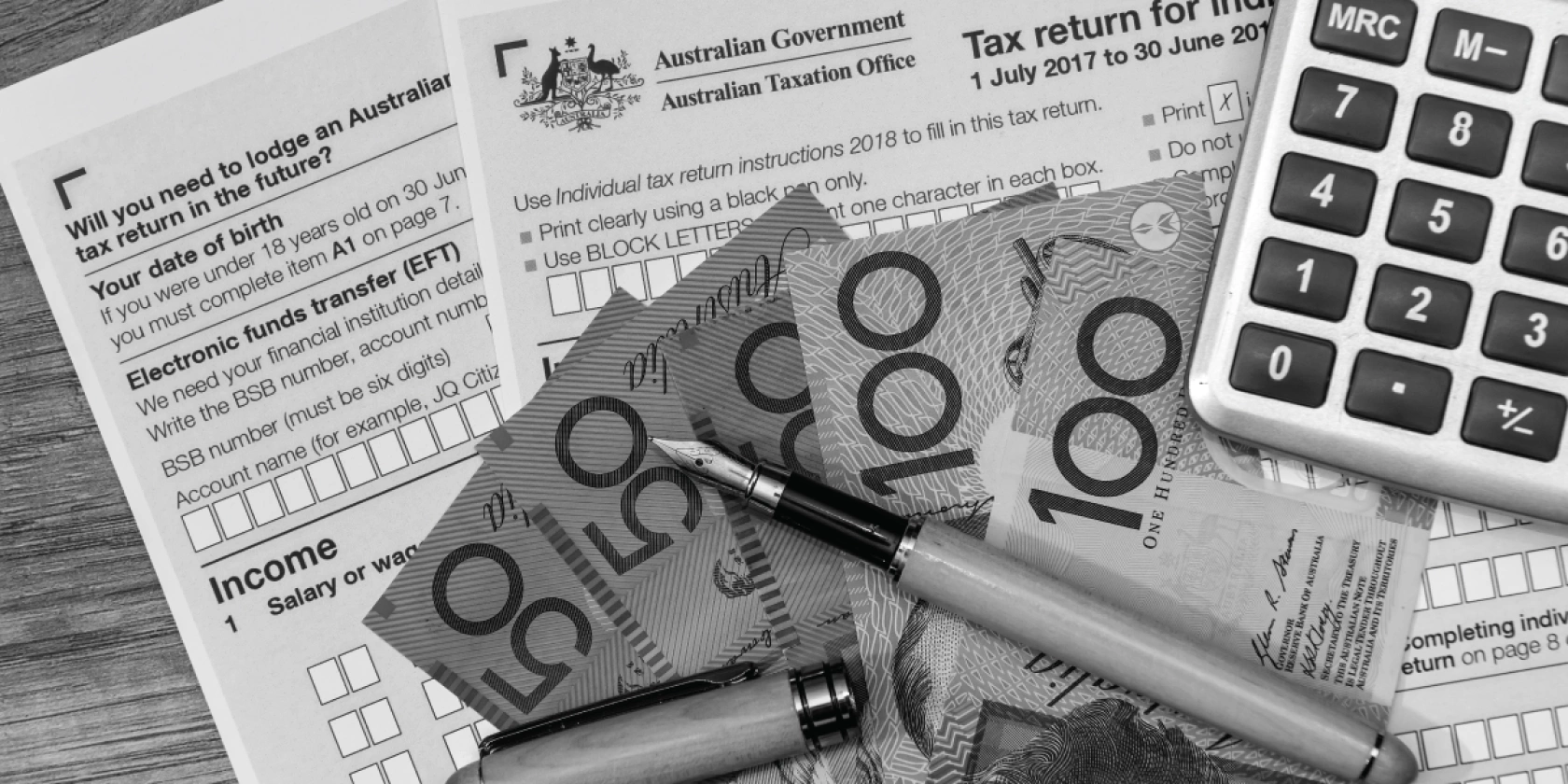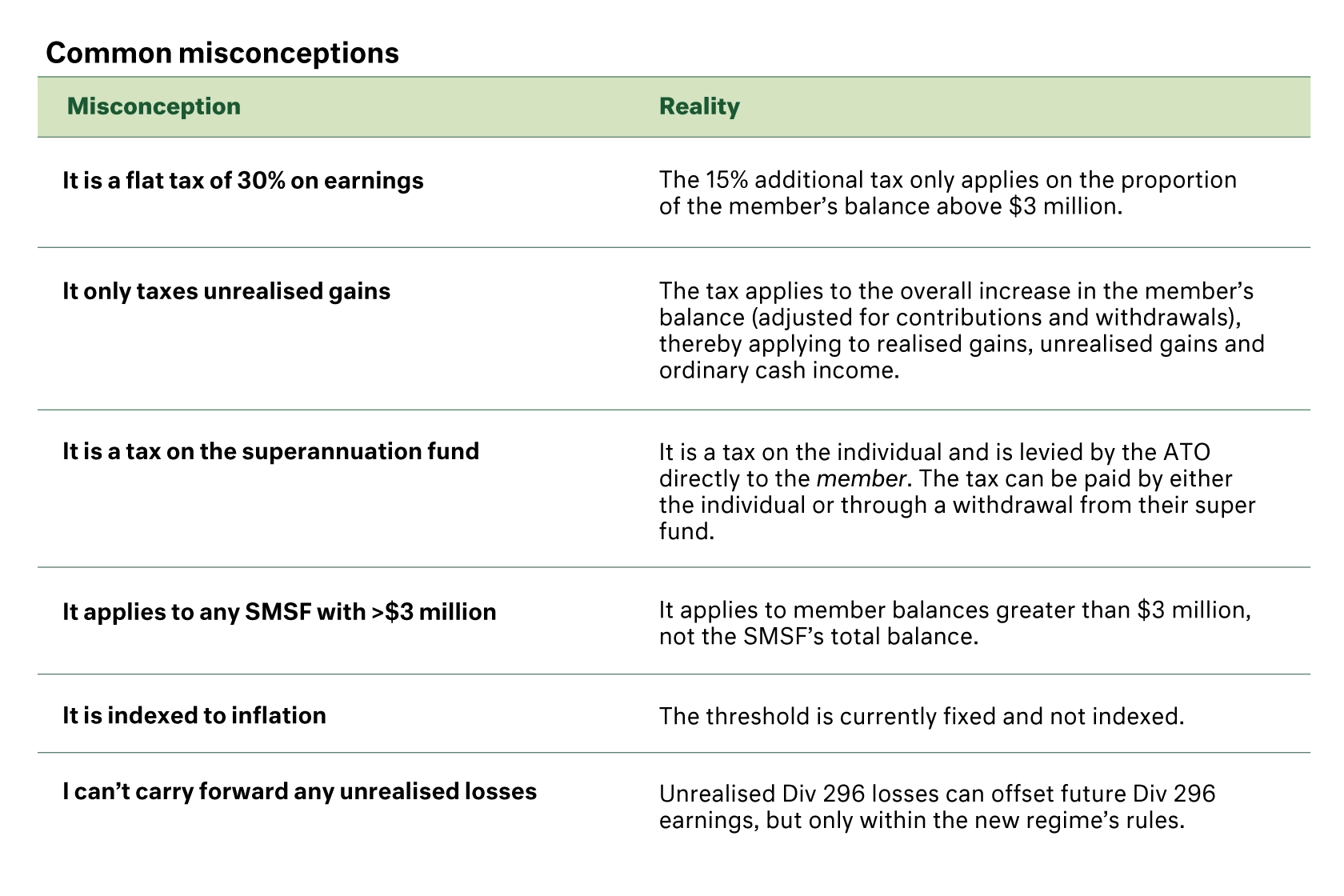The resounding Labor victory in the 2025 election firmly put the Division 296 tax back on the agenda. Yet, we are still in the dark on the what, how and when.
The proposed start date is 1 July 2025, with the measure imposing an additional 15% tax on earnings attributable to superannuation balances above $3 million. But eight weeks into the 2026 financial year, we are still yet to see legislation re-introduced into parliament after the failure to pass the first iteration in February 2025.




